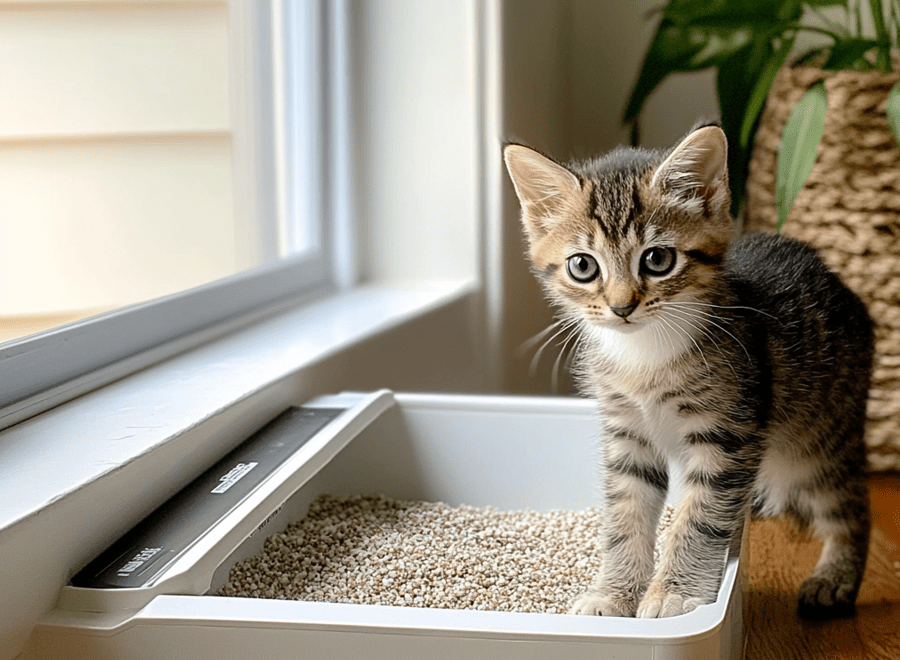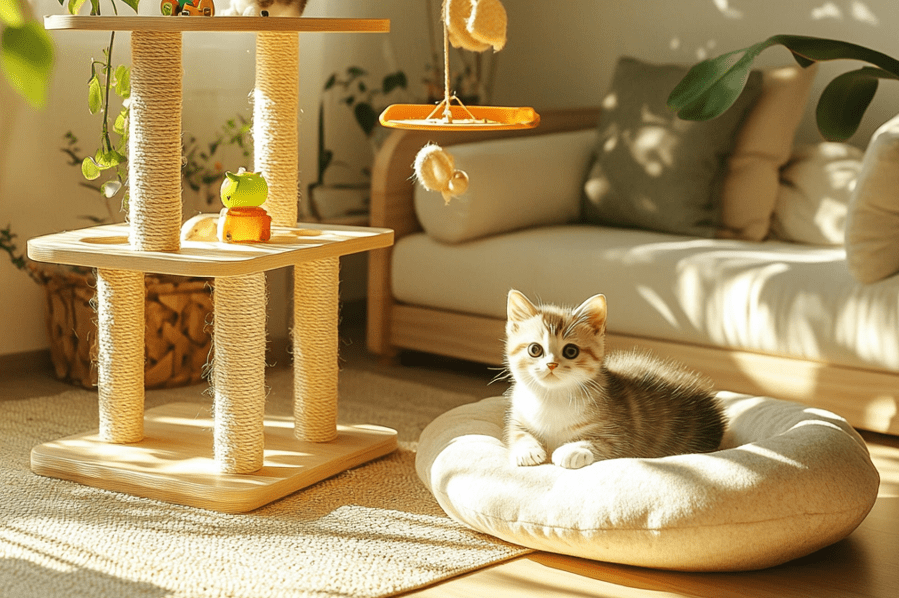
No one can win the trust of a cat very easily. Does it sometimes feel as if your new cat would start becoming friendlier and trust you more? Mostly yes, because cats are independent beings which hardly ever need their owner’s friendship. They trust strangers more slowly and are less keen on bribery in the form of treats. But whichever the breed or disposition of the feline, you need to get both you and your cat in, what they like to call, the trust zone in order to have a fulfilling and long and happy relationship. That said, in this post, we will be sharing 12 quick and easy ways to build trust with your cat.
To watch the summary of this article, just watch this video-
Allow your cat to smell you:
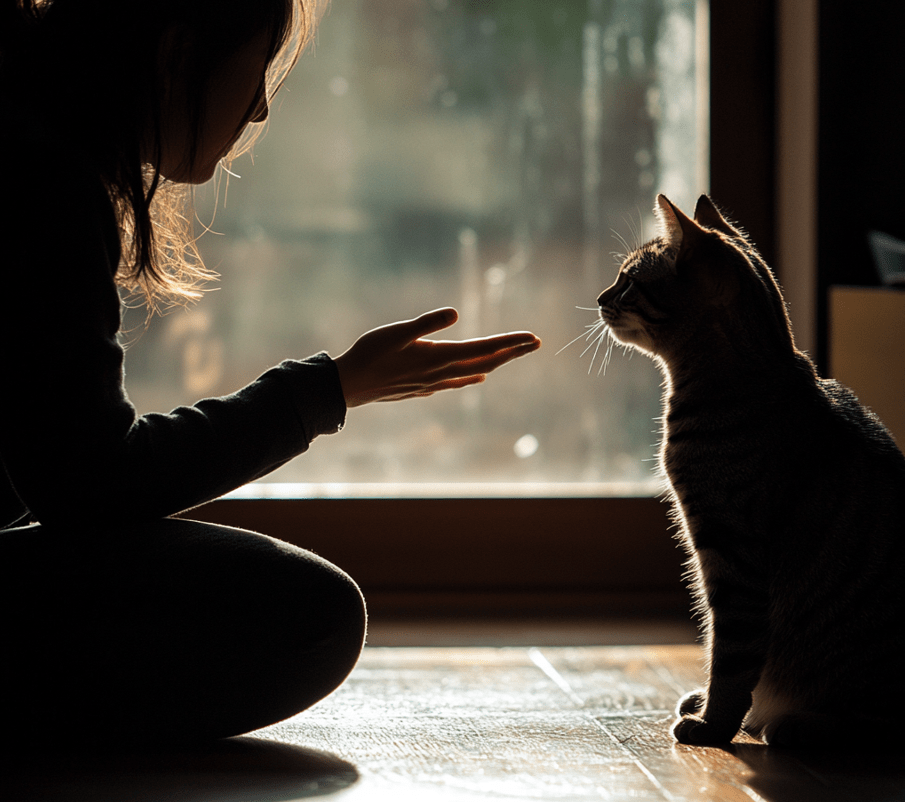
If you’re meeting a new or shy cat, sit low to the ground and allow the cat to come, and sniff, as he pleases. Cats use scent to say hello. They have little scent receptors all over their body that disperse pheromones or chemicals that say hello and exchange information between cats. But please don’t rush in to do more things besides friendly scent swapping, such as picking the cat up! The moment you lift a cat, you have just neutralized all their defenses. Naturally he is not thrilled about this. It’s a thing you have to build up to. The cat has to choose everything.
Play with them regularly:
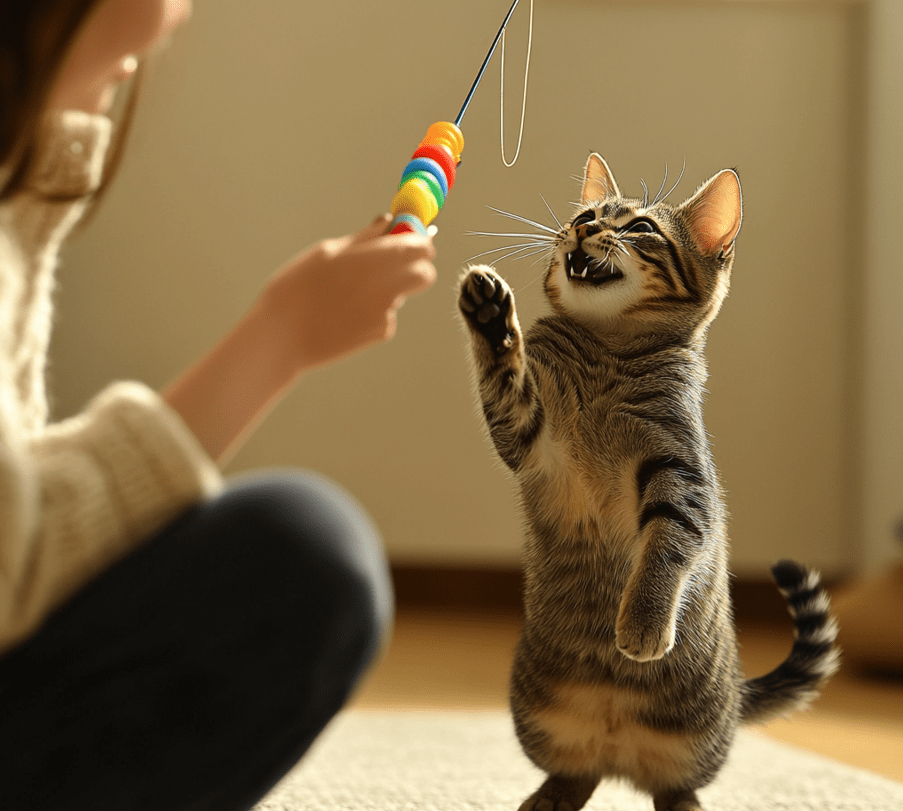
Playtime is crucial to bonding with and gaining the trust of a cat. That he earned each of their friendships through play. If your cat is nervous or shy, play with her with a fishing pole-type toy or a wand toy. They’re a safe distance from you but still in contact, so it’s a cat like “hey, I’m chill with you.”
Give your cat a slow blink or a squint:

A relaxed cat will loosen up their eyes, closing them while slowing blinking or squinting. Give your kitty the same signals by sitting close to them, squinting, and slowly shutting your eyelids. Known as the squinty eyes or slow blink. Any cat would feel the good energy from this cat communication.
Feed and provide water:
Regularly feed your cat, so she knows you provide food and shelter. When you put the food down, speak in a low, sing-song so she associates you with good things, like meal times. When the cat walks over to eat, step back and give her a wide berth. If you want to stay with her, sit on the floor. She is a very small animal who must look very big to someone above her. The dining location of all of the above needs to be in an unobstructed area where your cat can conveniently access their food and water dishes. If she is timid, place them near her hiding spot so that she doesn’t have to go far outside.
Respect their no-touch zones:
Don’t touch them there: Your cat trusts you enough that they are indicating they are interested in being pet. Now what? Begin by petting the areas that we know cats enjoy; Similar to their cheeks, head and below their chin. Once a cat comes to you, they will more than likely show you where it needs to be rubbed, so go in for the bunted head and cheek rub against your hand. A cat might even turn over onto its back and present you with the most vulnerable part of its body, the belly, which is an indication that it is really feeling love and trusts you. But don’t be fooled. Those sensitive areas refer to the other region, the stomach and legs and tail, where our cats typically don’t want to be held.
Provide a stable routine:

Cats love routine and a stable routine can also help a new or timid cat acclimate to their home and develop trust in their people. Which entails feeding them at the same times every day, playing with them at the same times every day, and cuddling with/grooming them at the same times every day. When you visit out to feed the stray cat you’ve become friends with on a regular timescale, you may wonder to see your new buddy – just waiting for you.
Talking often to your cat calmly and softly:
The more you speak, the more your cat can learn to identify you as a source of positive experiences. While cats may not know our specific words, they know our voices and what our tones mean, whether it be good or bad. Especially if you feed them, interact with them and cuddle with them. Playing species-appropriate music to distress and soothe scared cats, when you’re not home to talk to your cat. Cat music composed in the frequency range and similar tempos as cat-to-cat communication.
Use calming pheromones:

Pheromones are chemical signals that cats produce naturally to communicate. Cats have scent glands on their cheeks, and when they rub their faces up against you, it is releasing pheromones, marking you as safe and that they can trust you. We also suggest avoiding pheromones for new kittens since they are unlikely to show that you-might-eat-me response.
Apply positive reinforcement:
Positive reinforcement is not only an effective means of behavior modification and cat training, but it also leads to a positive relationship between you and your cat. This is definitely what positive reinforcement helps with becoming the source of fun and rewards with your cat when building relationships leads to trust and bonds. It gives confidence to shy cats and inspires all cats to do things that they might not ordinarily do with their favorite human right there. With positive reinforcement, you’re actually letting your cat choose. You reward them when they perform a behavior that you appreciate. You observe them performing an undesirable behavior and you find a desirable, better behavior and reinforce the latter. Any treat for your cat will work as a reward. And the reward can be food, games, verbal praise or cuddles.
Eliminate Stressors:
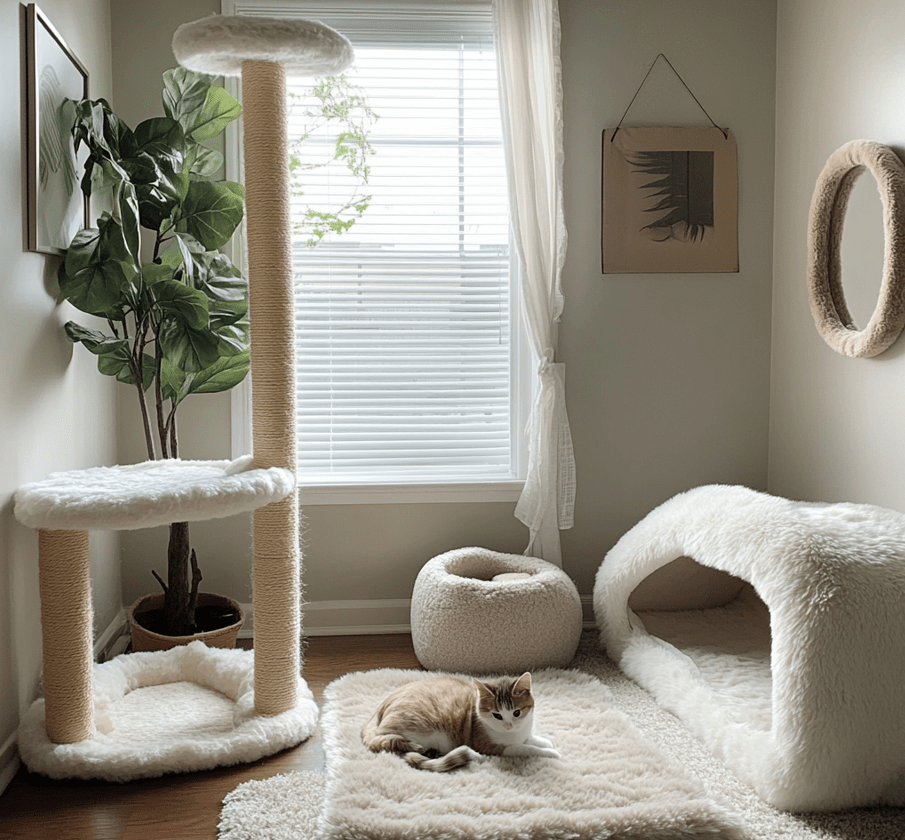
Removing any potential stressors is one of the best steps in starting the process of building trust with a cat. When introducing a new cat or kitten, begin them in a small room. It gives the both of you a chance to focus on pairing up without an intimidating big room to roam around in. Pick a room without appliances that might scare him and separate other pets in the house until your cat is ready to be introduced slowly. However, creating trust with a calming space involves more than just eliminating stressors. Your cat will be less stressed and anxious, just by providing basic necessities, such as scratching posts, cat trees, and proper litter boxes.
The most interesting question is how long does the trust established with cats take?
Experts say that kittens are most ready to make friends and build trust with humans between the ages of three to four weeks. Your kitten needs to be acquainted with humans and littermates through this period. In this way kittens will learn not to freak out if you are picking them up properly. They will also be exposed to experiences that will inspire curiosity rather than fear.
So finally how can you tell that a cat trusts you?
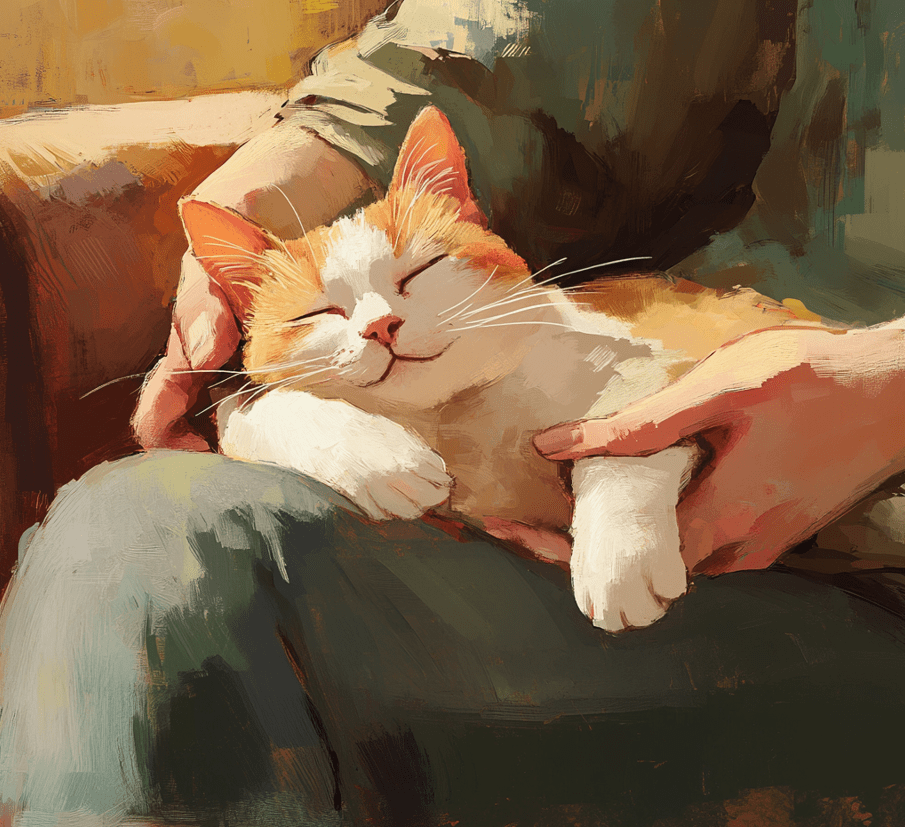
If you follow these tips for a while, you can notice a change in your cat. So, maybe you still ask yourself if you managed to earn your cats trust. Cats give love and trust differently to us, in ways we would never expect. However, we believe that once you uncover how a cat communicates their love and affection, you will feel all warm and fuzzy. If your cat does these things, it means they probably trust you: they are squinty or closed-eyed around you, they head-butt you, they rub their cheeks on you, groom you, or lick you, or lounge adjacent to you.

